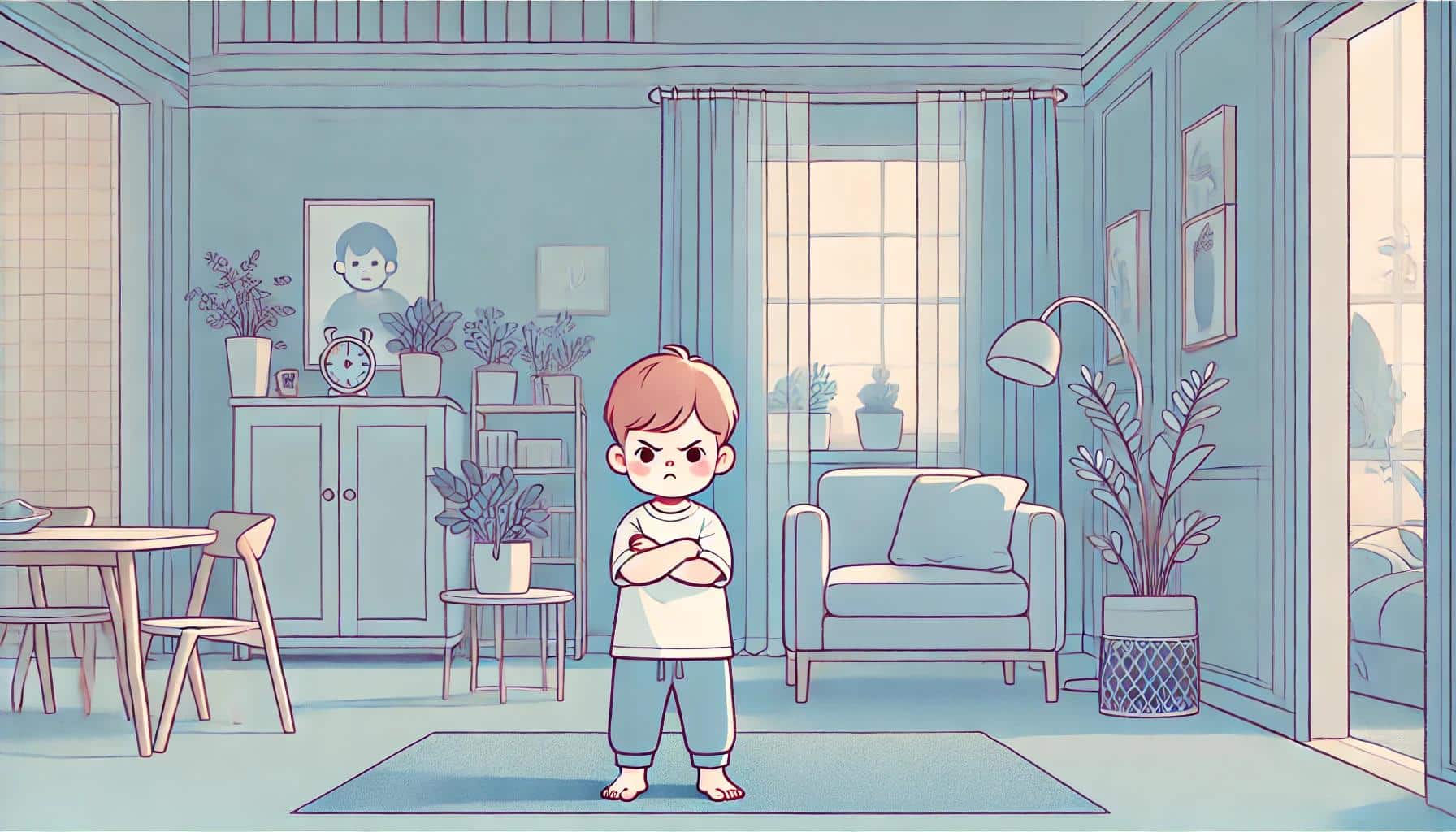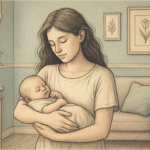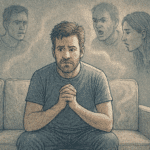Key Takeaways
- There are 8 types of depression and their common signs are persistent sadness, loss of interest, changes in appetite or weight, and sleep disturbances.
- Major Depressive Disorder (MDD) is one of the most common types – characterized by severe and prolonged sadness, loss of interest in activities, and thoughts of death or suicide.
- A Mission for Michael (AMFM) provides personalized and compassionate treatment for depression through evidence-based therapies like CBT, DBT, and EMDR.
Introduction to Depression
Depression is a serious mental health condition that impacts how you feel, think, and handle daily activities. There are 8 types of depression and the common symptoms among them are: persistent sadness, loss of interest in activities, changes in appetite or weight, difficulty sleeping, and feelings of worthlessness.
Founded in 2010, A Mission For Michael (AMFM) offers specialized mental health care across California, Minnesota, and Virginia. Our accredited facilities provide residential and outpatient programs, utilizing evidence-based therapies such as CBT, DBT, and EMDR.
Our dedicated team of licensed professionals ensures every client receives the best care possible, supported by accreditation from The Joint Commission. We are committed to safety and personalized treatment plans.
1. Major Depressive Disorder (MDD)
Major Depressive Disorder, or MDD, is one of the most common types of depression. It involves persistent feelings of sadness and a significant lack of interest or pleasure in previously enjoyed activities.
Causes of MDD
- A family history of depression (e.g., twin studies show higher rates in identical twins than fraternal twins)
- Brain chemistry changes, neurotransmitter imbalances, hormonal shifts (e.g., during menopause), chronic illness, or certain medications
- Stressful events like loss of a loved one, divorce, or trauma, and high-stress living environments

Symptoms of MDD
- Persistent sad, anxious, or “empty” mood
- Feelings of hopelessness or pessimism
- Decreased energy or fatigue
- Difficulty concentrating or making decisions
- Thoughts of death or suicide
- Changes in appetite and unintended weight loss or gain
2. Persistent Depressive Disorder (PDD) Dysthymia
Persistent Depressive Disorder (PDD) – also known as dysthymia – is characterized by chronic depression symptoms that are less severe than MDD but last longer. It can last at least two years in adults or one year in children and adolescents.
While the symptoms may not be as intense as MDD, they can still interfere with daily activities and relationships since they occur for most of the day, for more days than not.
3. Disruptive Mood Dysregulation Disorder (DMDD)
Disruptive Mood Dysregulation Disorder (DMDD) is a type of depression that primarily affects children and adolescents. It is characterized by severe irritability, anger, and frequent, intense temper outbursts.
It was introduced in the DSM-5 for youth with symptoms resembling pediatric bipolar disorder but not meeting its criteria.
Causes of DMDD
- A family history of mood disorders, such as depression or bipolar disorder
- Abnormalities in brain function and structure – particularly in areas responsible for emotion regulation
- Stressful or traumatic experiences, including childhood abuse, neglect, or exposure to violence
- Recent family changes such as divorce, death, or relocation
- Underlying psychological issues, such as anxiety disorders or oppositional defiant disorder (ODD)
Symptoms of DMDD
- Persistent irritability or anger, noticeable most days
- Severe temper outbursts, verbal or behavioral – occurring three or more times a week and disproportionate to the situation
- Outbursts may involve yelling, hitting, or aggression triggered by minor frustrations, like stopping a game or completing homework
- Children with DMDD can have significant difficulties in daily functioning at home, school, or in social interactions

4. Premenstrual Dysphoric Disorder (PMDD)
Premenstrual Dysphoric Disorder (PMDD) is a severe form of premenstrual syndrome (PMS) that significantly affects mood and behavior. Unlike typical PMS, PMDD includes emotional and physical symptoms that disrupt daily activities and relationships.
Causes of PMDD
The exact cause of PMDD is not fully understood, but it’s believed to be related to hormonal changes during the menstrual cycle. Estrogen and progesterone levels change throughout the cycle – influencing neurotransmitters in the brain. This hormonal sensitivity may lead to mood disturbances in susceptible individuals.
Additionally, those with a history of mood disorders may be more prone to PMDD.
Symptoms of PMDD
Severe mood swings, irritability, depression, and anxiety can happen in the days leading up to menstruation. Individuals may also experience increased appetite or specific food cravings – sometimes leading to binge eating. Physical symptoms, such as bloating, breast tenderness, and headaches, may also occur.
It typically occurs in the luteal phase of the menstrual cycle (i.e., one to two weeks before menstruation begins). These symptoms disappear shortly after the start of menstruation.
5. Seasonal Affective Disorder (SAD)
Also known as winter depression, Seasonal Affective Disorder (SAD) occurs at specific times of the year – usually during the fall and winter months – and improves by spring. If the symptoms happen during summer, it’s known as “summer depression” instead.
Causes of SAD
SAD happens due to the change in daylight hours, which affects the circadian rhythm or the body’s internal clock. Serotonin and melatonin levels can get unbalanced – resulting in depressive symptoms.
Symptoms of SAD
- Oversleeping (common in winter) or insomnia (common in summer)
- Cravings for carbohydrates, leading to overeating and potential weight gain
6. Prenatal & Postpartum Depression
Prenatal and postpartum depression – collectively referred to as perinatal depression – are types of depression that occur during pregnancy and after childbirth, respectively. These conditions can affect both mothers and fathers, impacting their ability to care for themselves and their newborns.
Postpartum depression develops within the first year after childbirth and is more severe than the temporary “baby blues” many new mothers experience.
Causes of Prenatal & Postpartum Depression
Causes of prenatal and postpartum depression include a history of depression or anxiety, stressful life events, lack of social support, and hormonal changes.
Symptoms of Prenatal & Postpartum Depression
| Symptoms of Prenatal Depression | Symptoms of Postpartum Depression |
| – Feelings of overwhelming sadness or hopelessness. – A lack of interest in activities that were previously enjoyable. – Significant tiredness or low energy levels. – Worries about being able to care for the baby or feelings of guilt and self-blame. – Frequent crying or feeling emotionally unstable. | – Avoiding social interactions and feeling disconnected from others, including the baby. – Intense feelings of guilt or inadequacy as a mother. – Fear of harming oneself or the baby. – Insomnia or sleeping too much despite fatigue. – Finding it difficult to bond or feeling indifferent toward the baby. |
7. Atypical Depression
Atypical depression – now referred to as Major Depressive Disorder with Atypical Features – is a subtype of depression characterized by mood reactivity and specific symptoms that differ from typical depression.
Atypical depression is usually chronic, commonly linked to anxiety disorders, more prevalent in women, and typically starts in adolescence or early adulthood.
Causes of Atypical Depression
- Abnormalities in brain chemistry – involving neurotransmitters such as serotonin, norepinephrine, and dopamine
- Having certain personality traits, such as high sensitivity to rejection or interpersonal conflicts
- Atypical depression often co-occurs with other mental health disorders, including anxiety disorders and bipolar disorder.
Symptoms of Atypical Depression
- Feel an improved mood in response to positive events, unlike typical depression where mood stays consistently low
- Significant overeating or weight gain
- Sleeping more than 10 hours a day
- A heavy feeling in the arms and leg
8. Psychotic Depression
Psychotic depression – also known as depressive psychosis – is a severe form of MDD that includes symptoms of psychosis, such as delusions or hallucinations.
It’s more severe than non-psychotic depression since it affects reality perception and increases the risk of self-harm.
Causes of Psychotic Depression
- A family history of depression or mental health disorders, affecting brain chemistry and emotional regulation
- Imbalances in serotonin and dopamine
- Traumatic events like bereavement, divorce, or financial difficulties
- Experiencing abuse or neglect during childhood
- Major hormonal shifts – such as during pregnancy or menopause
- A history of co-occurring mental health disorders (e.g., anxiety or bipolar disorder)
- Limited social support or infrequent contact with others
Symptoms of Psychotic Depression
- Intense feelings of hopelessness or worthlessness
- Delusions, often involving themes of guilt or illness
- Hallucinations, such as hearing voices
Healing from Depression with A Mission for Michael
At A Mission for Michael (AMFM), we understand the complexities of MDD and are committed to providing personalized treatment plans that address the unique mental health needs of each individual.
We combine evidence-based therapies like Cognitive Behavioral Therapy (CBT)
with experiential treatments such as equine therapy to address the root causes of depression and promote lasting wellness.
Frequently Asked Questions (FAQ)
What are the early signs of depression?
Early signs of depression can include persistent sadness, loss of interest in activities, changes in appetite or sleep patterns, and difficulty concentrating.
How can depression be prevented?
While not all cases of depression can be prevented, maintaining a healthy lifestyle, managing stress, and seeking support from friends and family can help reduce the risk.
What is the difference between depression and anxiety?
Depression and anxiety are distinct mental health conditions, though they often occur together. Depression is characterized by persistent sadness and a lack of interest in activities, while anxiety involves excessive worry and fear.
What is a Mission for Michael?
A Mission for Michael is a mental health treatment provider that supports adults with mental health challenges like depression and anxiety through evidence-based therapies, experiential practices, and continuous community support.












